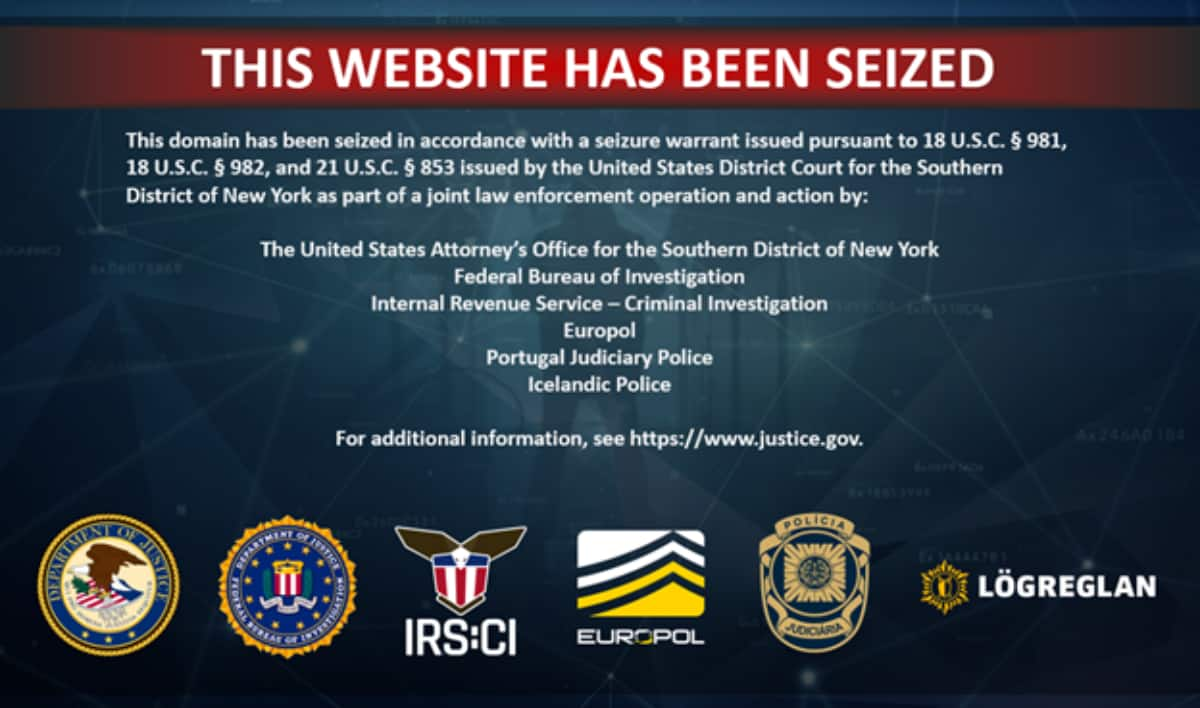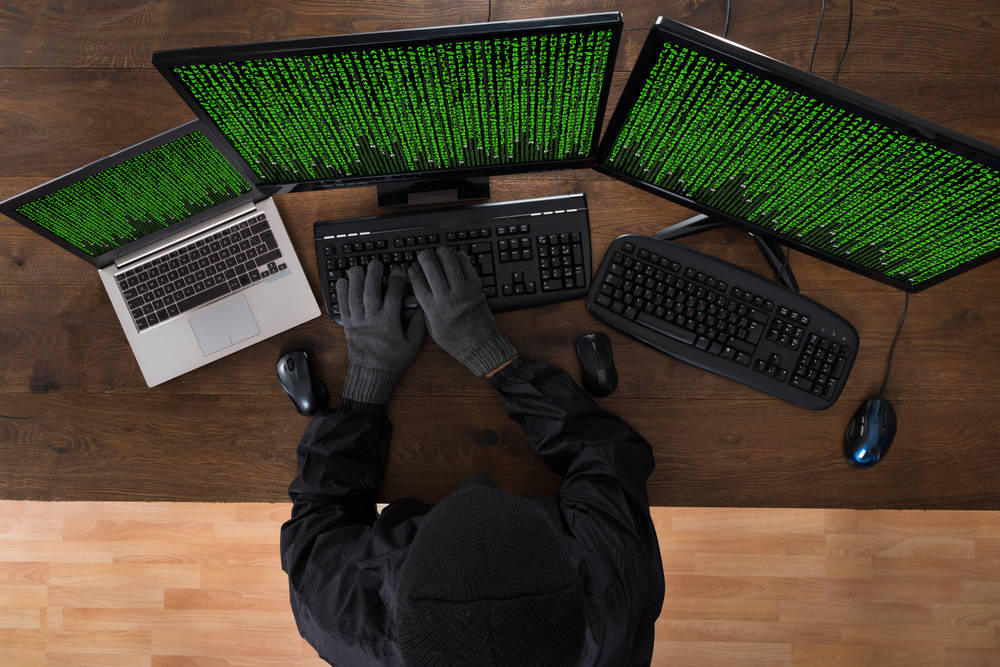BOOK THIS SPACE FOR AD
ARTICLE ADThis article has been indexed from E Hacking News – Latest Hacker News and IT Security News
According to research, email is indeed the most preferred medium of communication by almost 86 percent of professionals. Whilst the average office employee gets 121 e-mails a day and sends roughly 40 business e-mails, Radicati Group’s 2017 study reports that 269 billion e-mails are sent daily to just over 3.7 billion e-mail users worldwide. Consequently, cyber-attacks based on email are also sky-rocketing.
Furthermore, because of the broad shift to work from home culture due to the pandemic, more vital data is communicated through email than ever. Users can get hundreds of E-Mails every day, and it takes time and effort to screen them.
Given the rising volume, it is no surprise that email fatigue is growing. Unfortunately, this exhaustion will make it easier for people to click a harmful e-mail, which explains why 94 percent of malware is currently sent by email.
Email fatigue is a word used to describe a condition where email users feel overwhelmed with the emails they receive. This can often lead to unsubscriptions, low commission rates, or even a large number of spam reports.
However, while spam is an old-school approach, it is still being used for nefarious reasons by hackers. Fake spam withdrawal is a strategy that cybercriminals employ to improve their mailing lists and validate email addresses. Whenever a user clicks on a false link in a spam email, the spammer will check for the correct emails, active, and regularly checking the email address. From there the user can receive additional malicious payloads in an email.
.png)
















 Bengali (Bangladesh) ·
Bengali (Bangladesh) ·  English (United States) ·
English (United States) ·